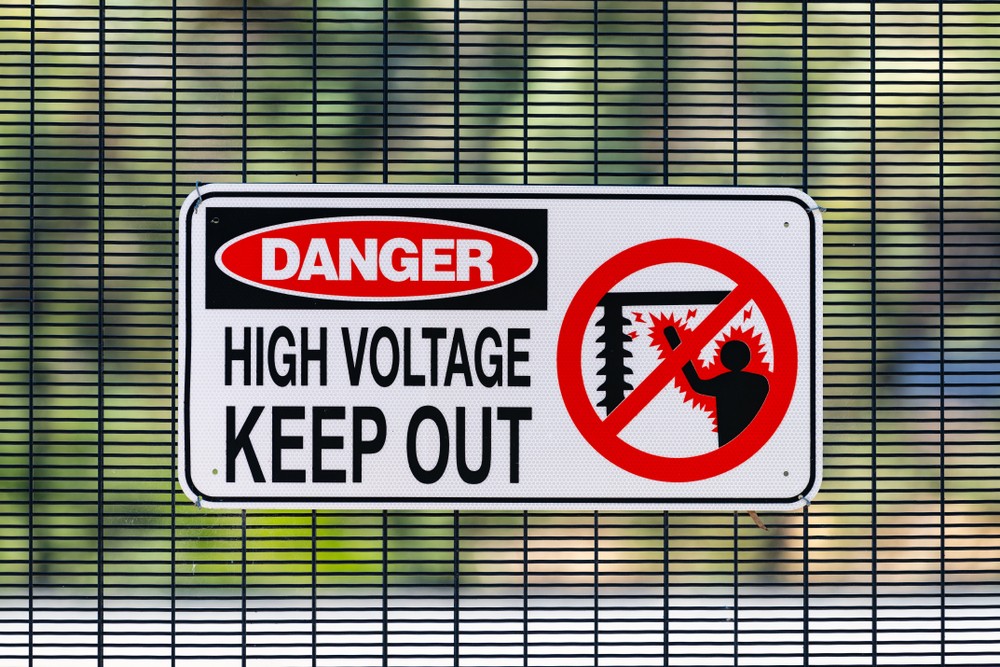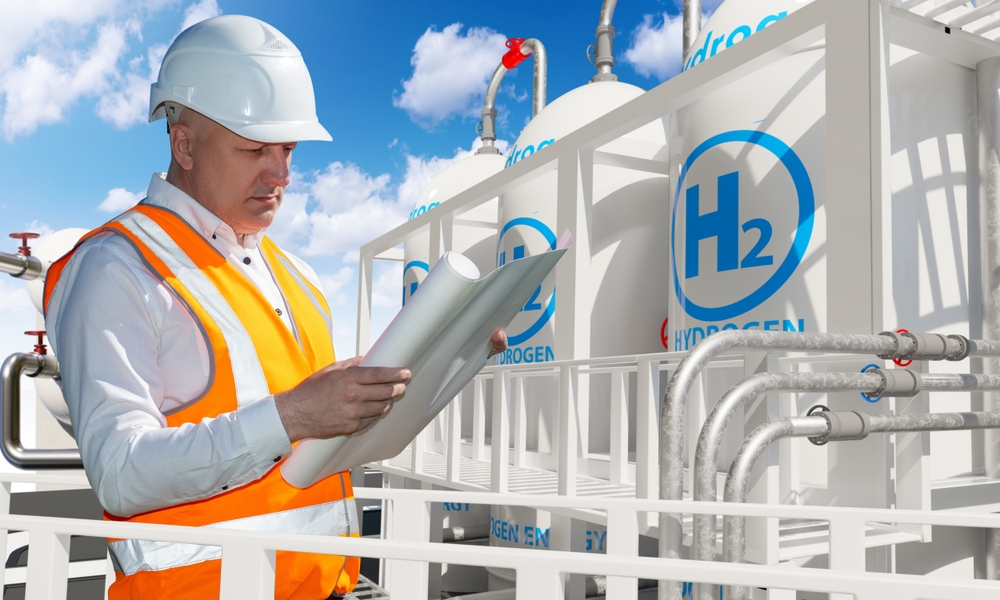5 Easy Facts About Roar Solutions Explained
5 Easy Facts About Roar Solutions Explained
Blog Article
Some Known Questions About Roar Solutions.
Table of Contents4 Simple Techniques For Roar SolutionsA Biased View of Roar SolutionsEverything about Roar Solutions
In order to shield setups from a potential surge a technique of evaluating and identifying a potentially hazardous area is needed. The objective of this is to make certain the appropriate option and installation of tools to ultimately prevent a surge and to make certain safety of life.
(https://www.edocr.com/v/kr2y9bbk/thomascarrillo4740/roar-solutions)
No devices ought to be mounted where the surface area temperature of the devices is higher than the ignition temperature level of the provided threat. Below are some common dust dangerous and their minimal ignition temperature level. Coal Dirt 380C 225C Polythene 420C (thaws) Methyl Cellulose 420C 320C Starch 460C 435C Flour 490C 340C Sugar 490C 460C Grain Dirt 510C 300C Phenolic Resin 530C > 450C Aluminium 590C > 450C PVC 700C > 450C Residue 810C 570C The probability of the threat being present in a focus high enough to trigger an ignition will differ from area to place.
In order to categorize this risk an installment is divided into locations of risk depending upon the quantity of time the unsafe is existing. These locations are referred to as Zones. For gases and vapours and dusts and fibres there are 3 zones. Area 0 Zone 20 A hazardous ambience is extremely likely to be present and may exist for extended periods of time (> 1000 hours per year) or even constantly Zone 1 Area 21 An unsafe environment is feasible but not likely to be present for long periods of time (> 10 450 C [842 F] A category of T6 implies the minimum ignition temperature is > 85 C [185 F] Dangerous area electrical devices possibly made for usage in greater ambient temperature levels. This would suggested on the score plate e.g. EExe II C T3 Ta + 60C( This suggests at 60C ambient T3 will certainly not be gone beyond) T1 T1, T2, T3, T4, T5, T6 T2 T2, T3, T4, T5, T6 T3 T3, T4, T5, T6 T4 T4, T5, T6 T5 T5, T6 T6 T6 A T Class score of T1 indicates the maximum surface area temperature level created by the tool at 40 C is 450 C. Presuming the associated T Class and Temperature rating for the devices are suitable for the area, you can always make use of a tool with a much more strict Department score than needed for the area. There isn't a clear solution to this inquiry. It actually does depend upon the kind of equipment and what repair work require to be brought out. Tools with details examination treatments that can not be executed in the area in order to achieve/maintain 3rd party score. Have to return to the factory if it is prior to the devices's solution. Field Repair By Authorised Worker: Complex screening might not be called for nonetheless details procedures may require to be followed in order for the devices to keep its 3rd party ranking. Authorised workers have to be employed to do the work properly Fixing must be a like for like replacement. New component need to be considered as a straight substitute requiring no unique testing of the equipment after the fixing is full. Each piece of tools with a dangerous ranking need to be assessed individually. These are detailed at a high degree listed below, but also for even more detailed details, please refer directly to the guidelines.
Rumored Buzz on Roar Solutions
The equipment register is a detailed data source of devices records that includes a minimum set of areas to identify each thing's place, technological parameters, Ex classification, age, and ecological data. This information is vital for tracking and managing the devices successfully within hazardous locations. In comparison, for routine or RBI sampling examinations, the quality will certainly be a combination of Comprehensive and Close assessments. The proportion of Comprehensive to Shut assessments will be identified by the Tools Threat, which is assessed based on ignition danger (the likelihood of a source of ignition versus the chance of a flammable atmosphere )and the unsafe location classification
( Zone 0, 1, or 2). This variation will certainly also affect the resourcing demands for job preparation. As soon as Whole lots are defined, you can establish tasting plans based on the example dimension of each Whole lot, which describes the variety of arbitrary equipment products to be inspected. To establish the called for sample dimension, 2 facets need to be evaluated: the dimension of the Great deal and the category of assessment, which suggests the level of initiative that ought to be used( minimized, regular, or increased )to the inspection of the Great deal. By combining the category of assessment with the Great deal size, you can after that develop the ideal denial standards for a sample, suggesting the permitted number of faulty items found within that example. For more information on this process, please refer to the Power Institute Standards. The IEC 60079 standard advises that the optimum interval in between examinations need to not go beyond three years. EEHA inspections will likewise be conducted beyond RBI campaigns as part of set up upkeep and equipment overhauls or repairs. These inspections can be attributed toward the RBI sample sizes within the influenced Great deals. EEHA evaluations are carried out to identify mistakes in electric devices. A weighted racking up system is important, as a solitary item of tools may have multiple mistakes, each with varying levels of ignition danger. If the mixed score of both examinations is less than two times the mistake rating, the Lot is considered acceptable. If the Great deal is still taken into consideration unacceptable, it needs to undergo a full examination or justification, which may trigger stricter inspection protocols. Accepted Whole lot: The causes of any type of mistakes are identified. If a typical failure setting is located, additional tools may call for inspection and repair work. Faults are identified by severity( Safety, Honesty, House cleaning ), ensuring that immediate concerns are analyzed and attended to immediately to reduce any type of influence on safety or operations. The EEHA data source must track and tape-record the lifecycle of faults in addition to the corrective actions taken. Carrying out a durable Risk-Based Inspection( RBI )method is essential for ensuring compliance and safety and security in handling Electric Devices in Hazardous Locations( EEHA) (eeha courses). look here Automated Fault Rating and Lifecycle Management: Effortlessly manage faults and track their lifecycle to boost evaluation precision. The intro of this support for risk-based examination further reinforces Inspectivity's setting as a best-in-class remedy for regulative conformity, in addition to for any kind of asset-centric evaluation use instance. If you are interested in finding out more, we welcome you to request a presentation and discover exactly how our solution can transform your EEHA administration procedures.
The Basic Principles Of Roar Solutions

In terms of explosive threat, an unsafe location is an atmosphere in which an explosive ambience is existing (or may be expected to be present) in quantities that require unique precautions for the building, installation and use tools. eeha. In this article we check out the difficulties dealt with in the workplace, the threat control steps, and the needed competencies to work safely
It issues of modern-day life that we make, save or manage a variety of gases or liquids that are considered combustible, and a series of dirts that are regarded flammable. These compounds can, in certain problems, create explosive atmospheres and these can have major and awful consequences. Many of us are familiar with the fire triangle eliminate any type of among the 3 components and the fire can not take place, however what does this mean in the context of dangerous locations? When breaking this down right into its simplest terms it is essentially: a combination of a particular quantity of release or leak of a certain substance or product, blending with ambient oxygen, and the presence of a resource of ignition.
In a lot of instances, we can do little concerning the degrees of oxygen in the air, however we can have substantial influence on resources of ignition, for instance electrical equipment. Harmful areas are documented on the hazardous location category illustration and are identified on-site by the triangular "EX LOVER" indicator. Here, among other essential information, areas are divided into three kinds depending upon the risk, the likelihood and period that an eruptive ambience will exist; Zone 0 or 20 is considered one of the most harmful and Zone 2 or 22 is regarded the least.
Report this page